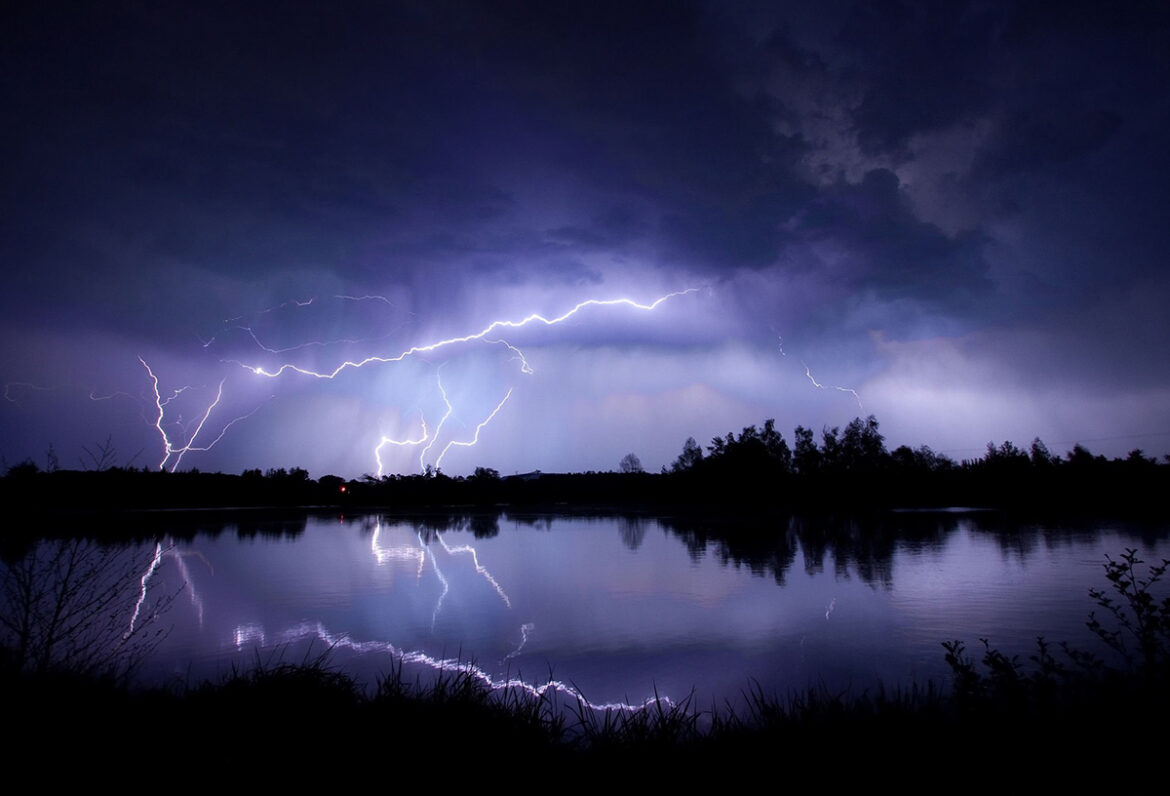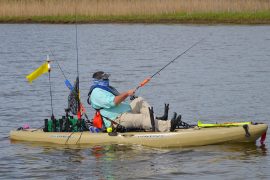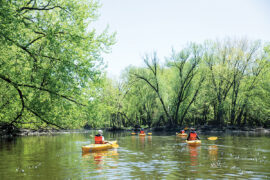Lightning can strike anyone anywhere at any time. A person could suddenly fall to a literal “bolt out of the blue” that originated miles away. Lightning strikes occur most frequently during July, followed by June and August.
“The Gulf Coast is one of the most active areas for lightning activity,” warns Logan Poole, a meteorologist with the National Weather Service in Jackson. “Even with a non-severe thunderstorm, that lightning hazard is always there. It’s very hard to predict where lightning will strike.”
Essentially a giant spark, or technically a “channeled stream of plasma,” lightning forms from static electricity. When walking across a carpet, a person could build up a static electricity charge. If that person touches a metal doorknob, it might spark and shock the person.
“In a thunderstorm, ice, water and air particles rub against each other,” Poole explains. “That builds up a charge of static electricity. When the charge gets strong enough, that massive spark will jump from the thunderstorm to something not as highly charged. It could be a cloud-to-cloud strike or it could hit a building, a tree, the ground or a person.”
Lightning doesn’t always hit the tallest objects, but tall things are easier for lightning to strike. Someone standing in a boat in open water becomes the tallest object around. Holding a fishing rod high makes that person an even taller object and more endangered from lightning. The bolt doesn’t need to make a direct hit. It could strike the water close to a boat and the electrical charge will affect the person.
“People in metal boats in open water would be more susceptible to lightning strikes,” Poole states. “The odds of getting hit while in a metal boat is not much higher than anyone else, but since metal is a great conductor of electricity, people in a metal boat are more at risk if struck.”
Any Gulf Coast summer morning could begin clear and calm, but an afternoon thunderstorm could pop up suddenly. Know when to leave. If a thunderstorm begins building, head for shelter or at least go in another direction to get away from the storm.
“A person needs to be very aware of the weather and take appropriate action,” Poole advises. “Never allow a potential thunderstorm to cut off the route back to port. If something starts to develop between the boat and the shoreline, start seeking a secondary destination close to shore for emergency shelter.”
In the summer, many anglers head into the Gulf of Mexico miles from shore with nothing taller around them. If caught in a storm, get as low as possible and make the boat lower. Take down any rods in holders and lay them on the deck. Avoid touching metal.
On land, don’t hide under trees. If lightning strikes the tree, the energy travels down the trunk into the ground. It could affect people near the tree. If possible, get inside a building or vehicle. If caught in the open, crouch as low as possible with hands tightly pressed over the ears to protect them from extreme thunder noise.
Vehicles can provide good protection. If driving, pull over at a safe place, like under an overpass. Avoid touching any metal. If lightning strikes the vehicle, it should travel along the metal frame around the person.





